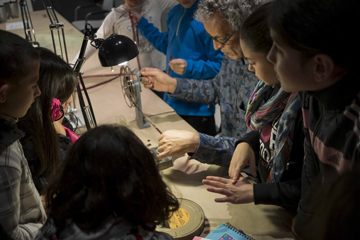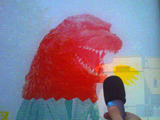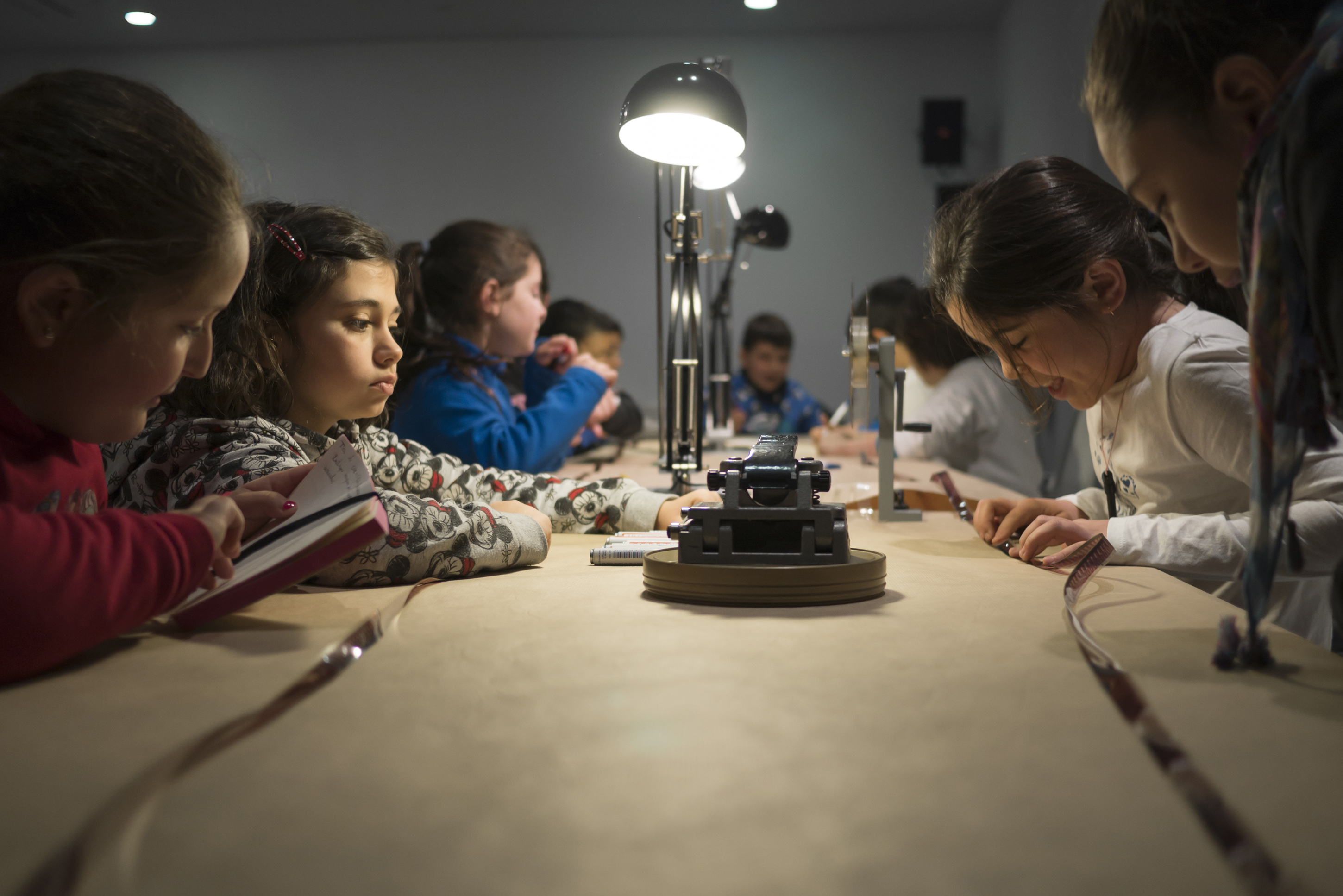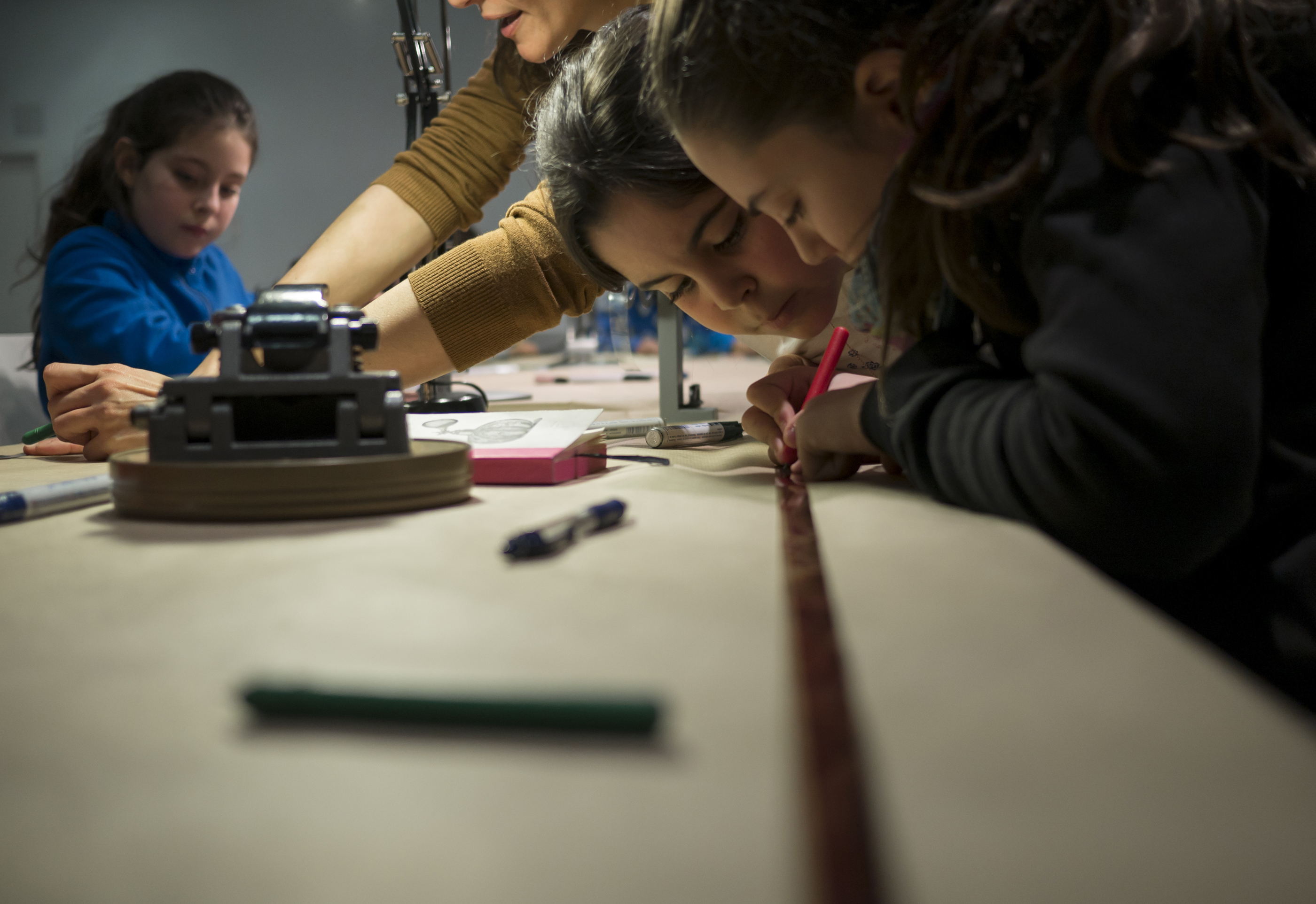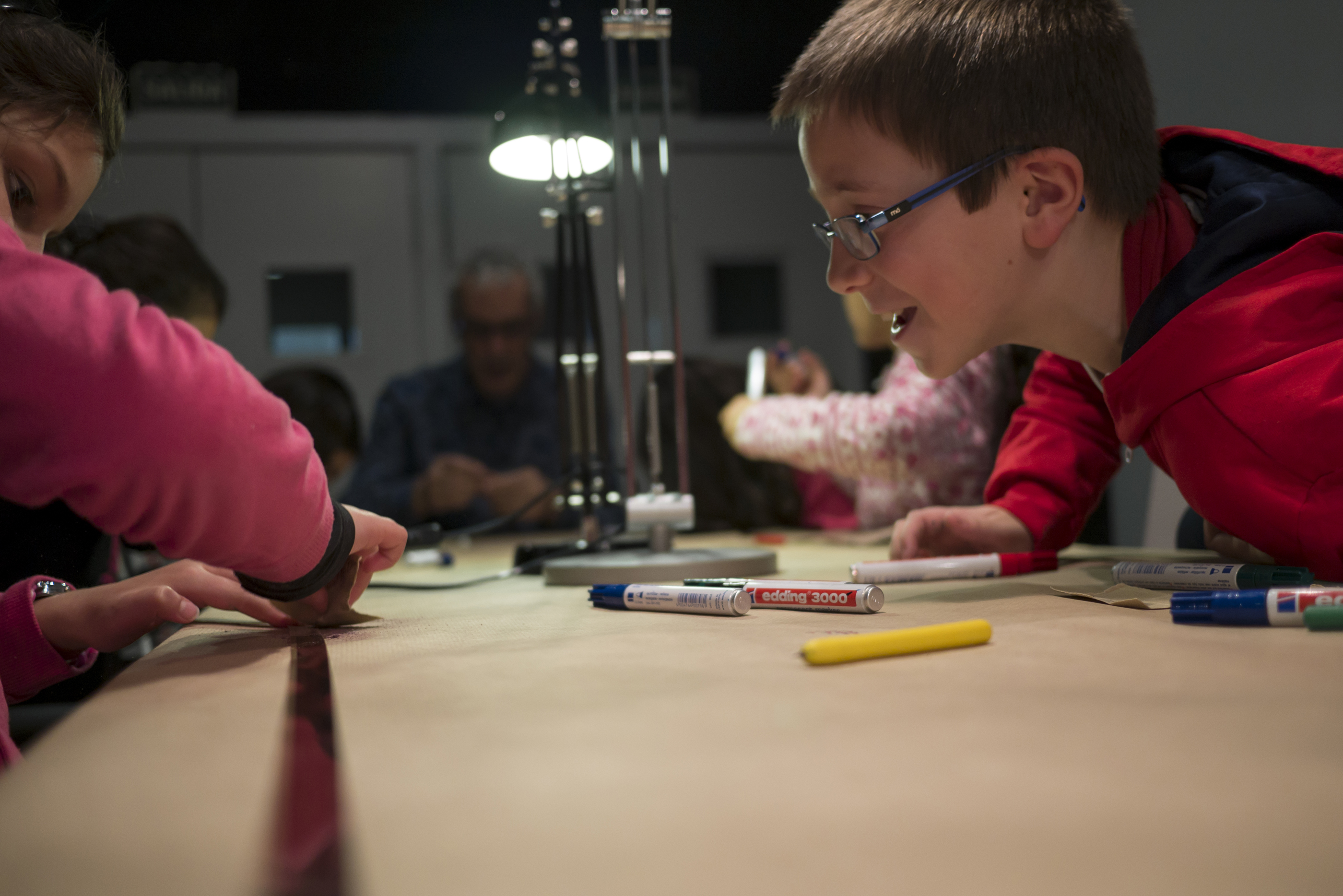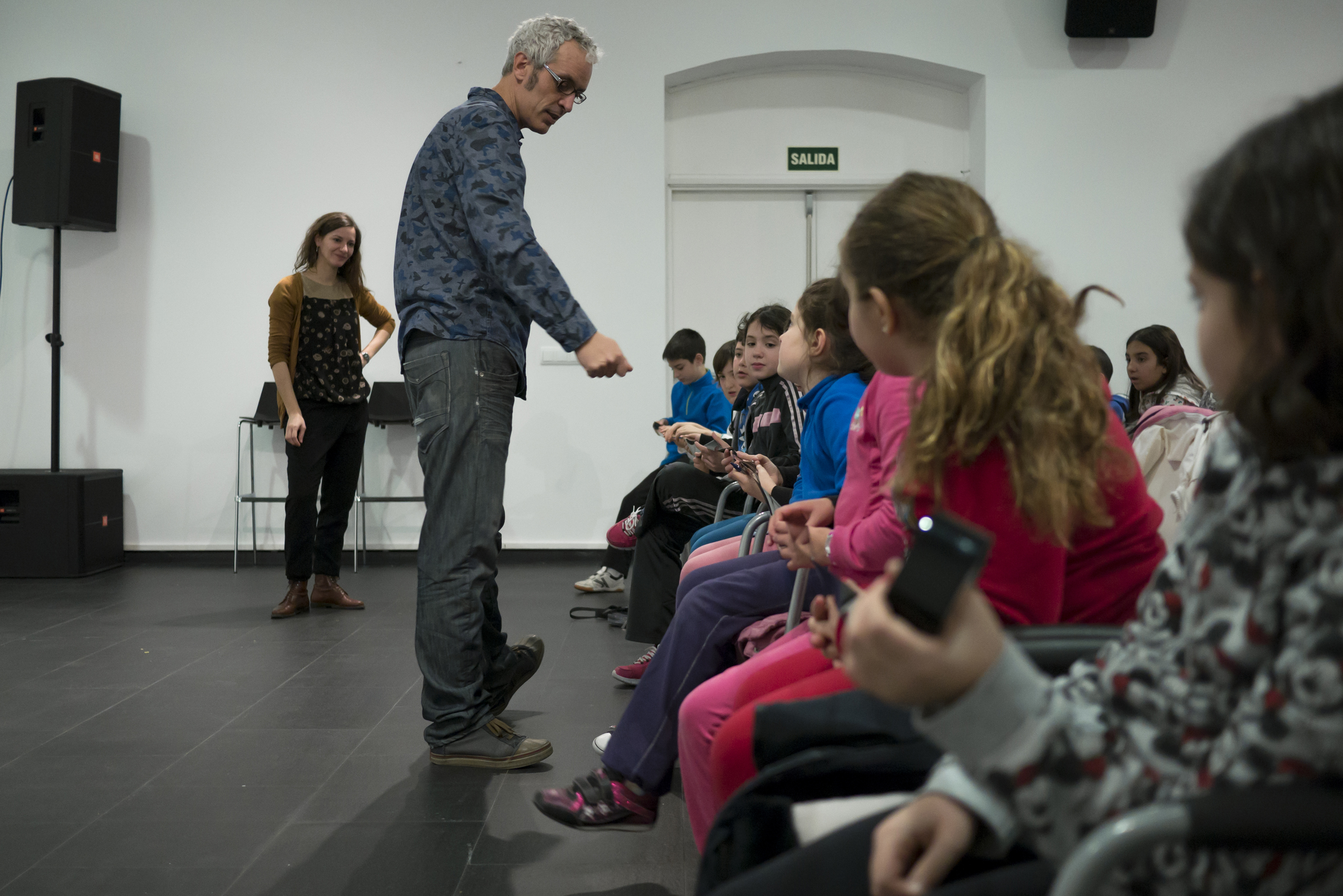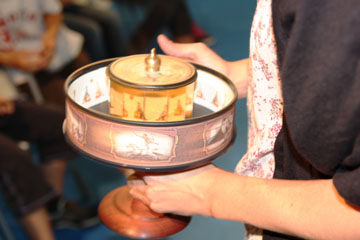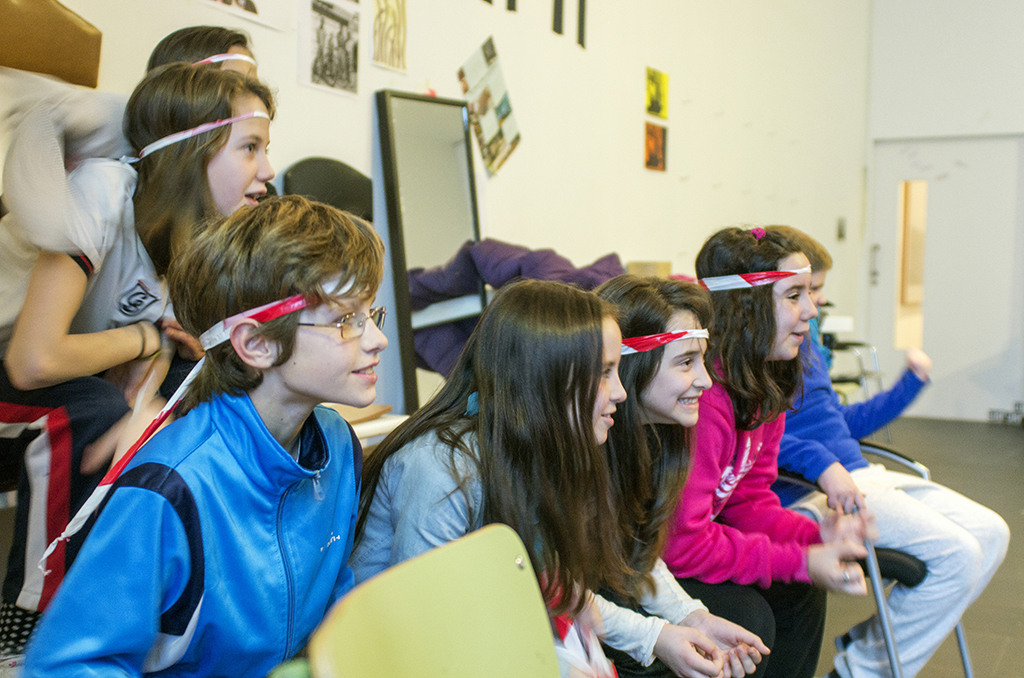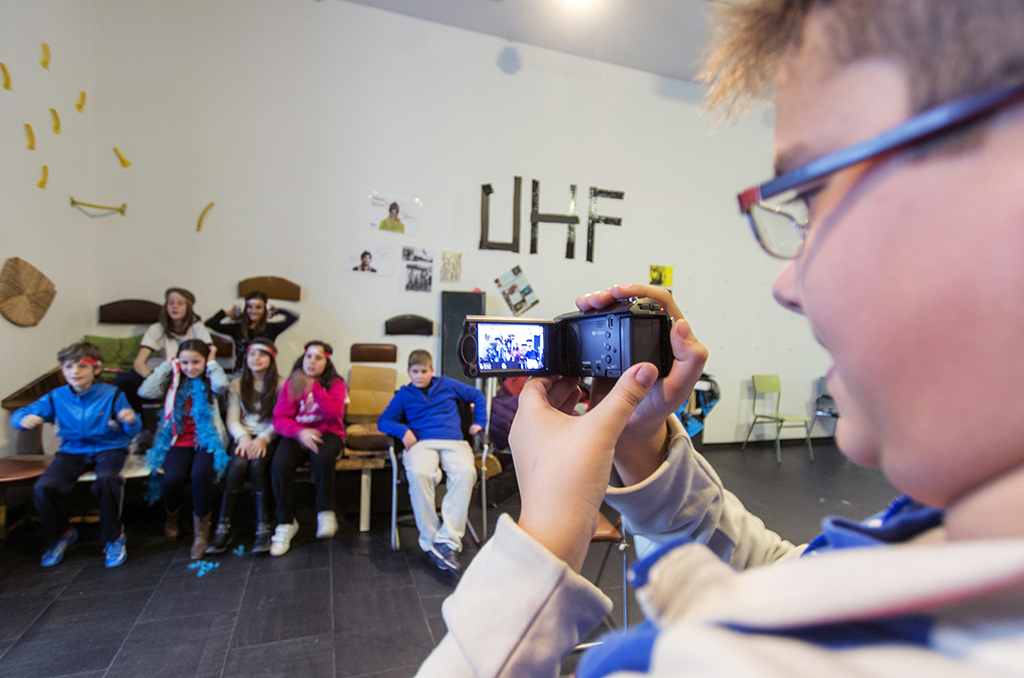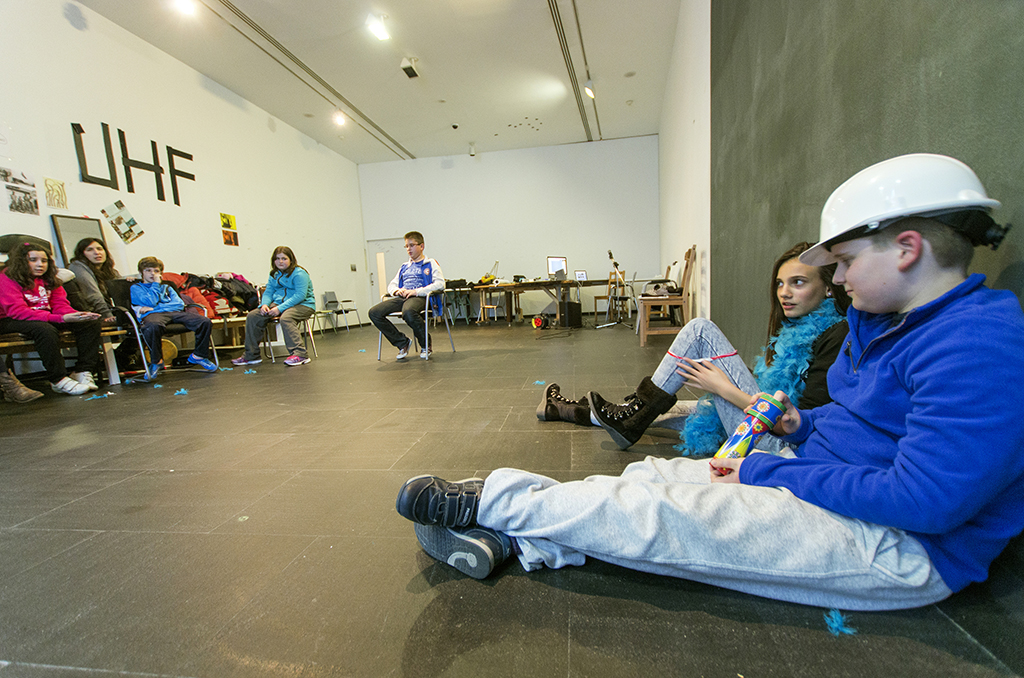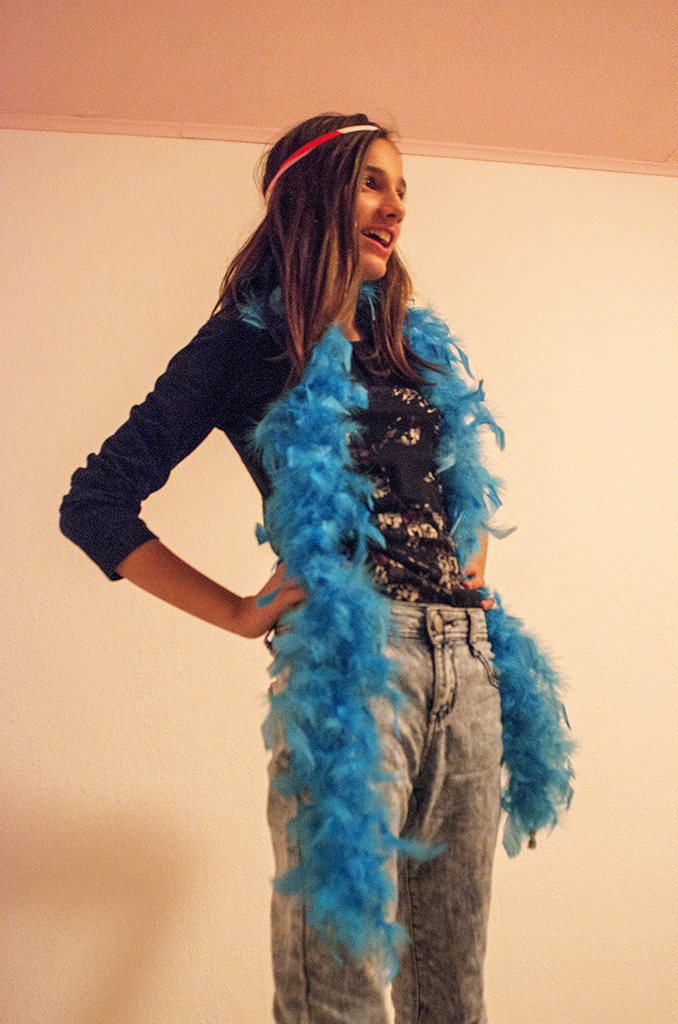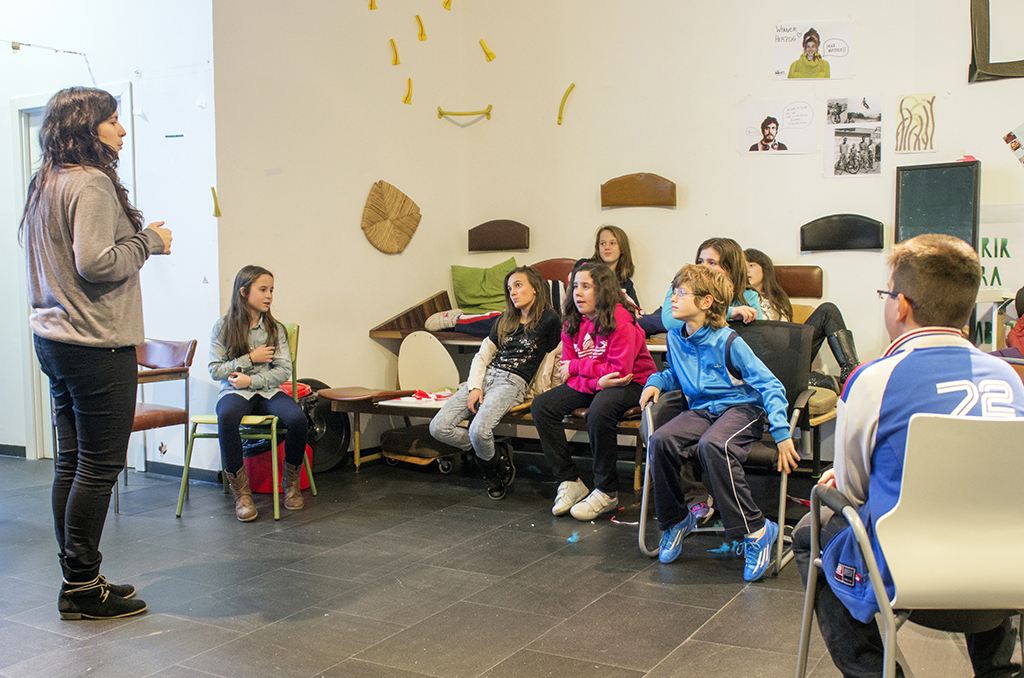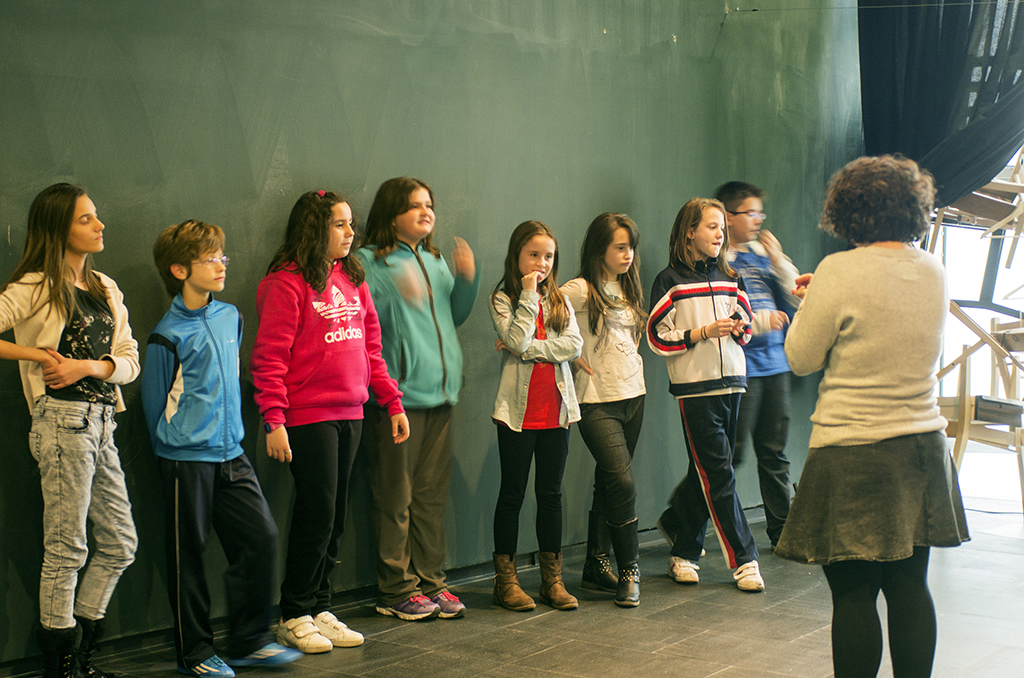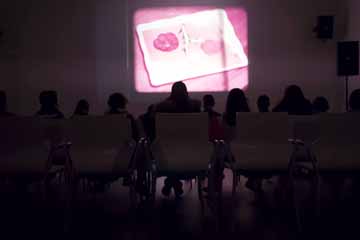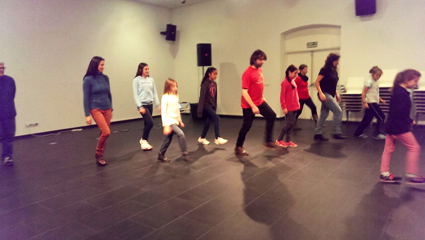Aimed at pupils from 2nd and 3rd years of Primary Education
Workshop by María Cunillera and Alberto Vázquez
From its start, cinema has been known as one of most fascinating educative means, not only for the subjects and issues raised, but for its imaginary creation capacity and for encouraging new habits of active and critical perception. For the purpose of providing an alternative to those audiovisual dominant products, those that reinforce that consumption behavior and few times lead to reflection, CA2M has created this activity.
This educative program consists of a discussed film screening driven by a CA2M educator alongside a cameraless film workshop. The program offers many experimental and fiction creations. Following the discussion after the screening, it continues a workshop where students will experience and work directly on the film itself. After the workshop, the manipulated celluloid by the participants will be screened.
This project is embedded in the CA2M audio-visual literacy project which aims to promote attitudes of active perception from an early age. Within this program, the museum space becomes a place for children to discover new references, find new images and talk about new issues other than the usual ones.
Maximum 30 people per session
PROGRAM
Das Modell. Florian Gwinner, 2006, 6’14’’
Moby Dick, Guy Ben-Ner, 2000, 18’
Once Upon a Time , Corinna Schnitt, 2006, 4’28’’
Music for one appartment and six drummers , Ola Simonsson Johannes Stjärne Nilsson, 2000, 9’
Entrance
From its start, cinema has been known as one of most fascinating educative means, not only for the subjects and issues raised, but for its imaginary creation capacity and for encouraging new habits of active and critical perception. For the purpose of providing an alternative to those audiovisual dominant products, those that reinforce that consumption behavior and few times lead to reflection, CA2M has created this activity.
EARLY BIRDS 2013. FILM SCREENINGS AND CAMERALESS FILM WORKSHOP
